By Rachel Bauldree, Communications Manager, CCAW
Each September, Suicide Awareness Month reminds us at the Conference on Crimes Against Women (CCAW) how deeply our mission intersects with suicide prevention. Survivors of domestic violence, sexual assault, and other gender-based crimes often carry profound emotional trauma and despair – two forces that can tragically lead to the loss of life at their own hands. These struggles are not invisible, and our collective response can be lifesaving.
According to a study by the Centers for Disease Control and Prevention and the University of Georgia, one in five suicides involves intimate partner problems. It’s important to emphasize the word “problems” as this statistic does not necessarily reflect violence. If relationship stressors like employment, family conflict, or emotional strain account for one in five suicides, what might the numbers look like when violence is involved? And what about gender-based violence (GBV) more broadly, beyond intimate partner violence (IPV)?
Whether due to problems or violence, survivors of GBV face a complex web of abuse; emotional, physical, sexual, financial, and psychological. Many endure multiple forms of abuse simultaneously. The toll of just one of these experiences could push someone to the brink and the cumulative impact can often be devastating. Additionally, from a historic perspective, the mental health and GBV fields have operated in silos potentially making that separation dangerous.
As noted in an article by the American Psychological Association, “‘When each field isn’t educated about the other, the results can be deadly,’ says McKeon. ‘For example, people working in the intimate partner violence field may minimize suicide threats made by perpetrators of violence as simply attempts to manipulate partners. Such threats, however, indicate a genuine risk of harm to both perpetrators and their victims.’” Unfortunately, many perpetrators make good on their threats because they often thrive on control. When they lose control (of their victim or themselves) suicidal ideation may emerge. Tragically, this loss of control can also lead to murder-suicide, where the perpetrator takes the victim’s life along with their own.
Navigating the intersection of suicide and GBV is complex and layered. At CCAW, we tackle these issues through our conferences, trainings, and advocacy but as a society, we still have far to go. Therefore, we stand with survivors, not just during Suicide Awareness Month, but every day. We honor their strength, acknowledge their pain, and commit to building a world where safety, dignity, and hope are not just ideals, but realities that could possibly save lives.
Resources:
https://news.uga.edu/one-in-five-suicides-involve-intimate-partner-problems/
https://www.apa.org/monitor/2014/11/suicide-violence#:~:text=16,t%20miss%20suicide%20warning%20signs



